I am trying to find out how to create an oval gradient which is not a perfect circle. For example an american football/rugby/eye shape instead of a circle.
At the moment I have created a CALayer subclass as below which creates a circle. How can I get this to a oval shape (as mentioned above)?
class CircleGradientLayer: CALayer {
var startRadius: CGFloat?
var startCenter: CGPoint?
var endCenter: CGPoint?
var endRadius: CGFloat?
var locations: [CGFloat]?
var colors: [UIColor]?
override func drawInContext(ctx: CGContext) {
super.drawInContext(ctx)
if let colors = self.colors, let locations = self.locations, let startRadius = self.startRadius, let startCenter = self.startCenter, let endCenter = self.endCenter, let endRadius = self.endRadius {
var colorSpace: CGColorSpaceRef?
var components = [CGFloat]()
for i in 0 ..< colors.count {
let colorRef = colors[i].CGColor
let colorComponents = CGColorGetComponents(colorRef)
let numComponents = CGColorGetNumberOfComponents(colorRef)
if colorSpace == nil {
colorSpace = CGColorGetColorSpace(colorRef)
}
for j in 0 ..< numComponents {
let component = colorComponents[j]
components.append(component)
}
}
if let colorSpace = colorSpace {
let gradient = CGGradientCreateWithColorComponents(colorSpace, components, locations, locations.count)
CGContextDrawRadialGradient(ctx, gradient, startCenter, startRadius, endCenter, endRadius, CGGradientDrawingOptions.DrawsAfterEndLocation)
}
}
}
}
